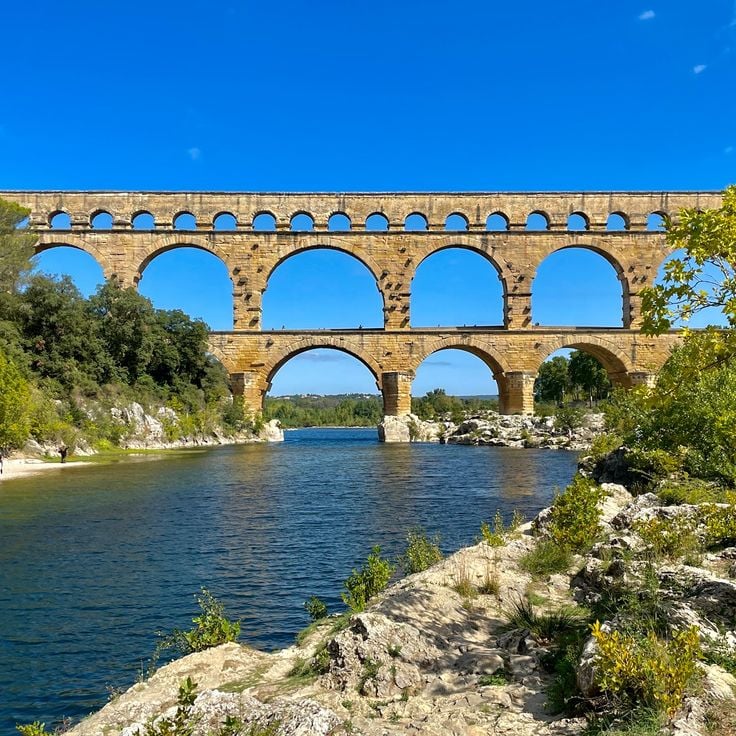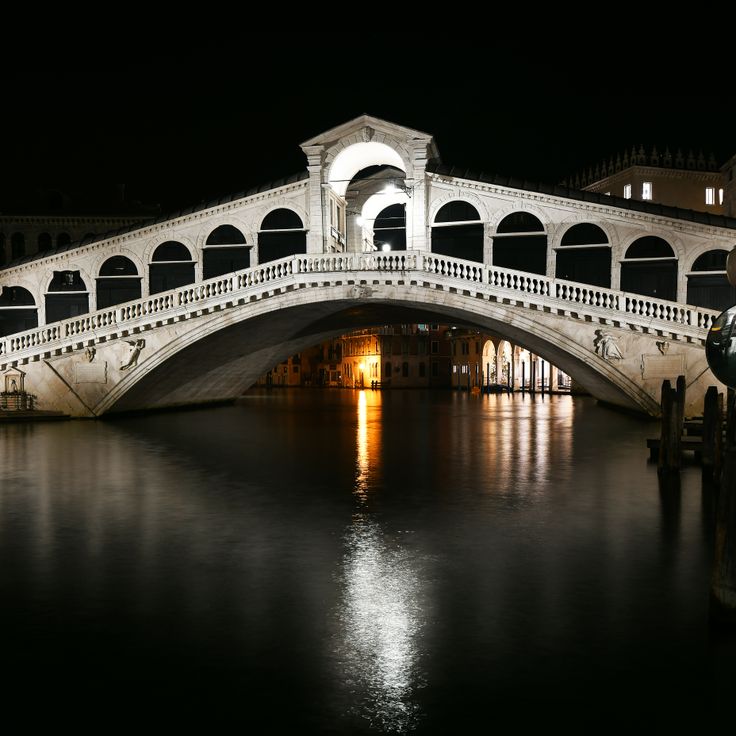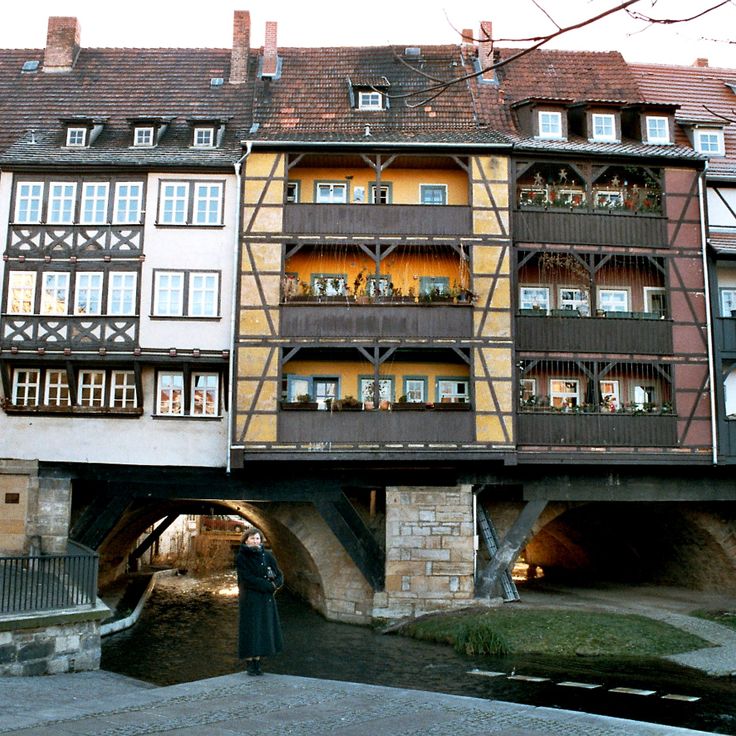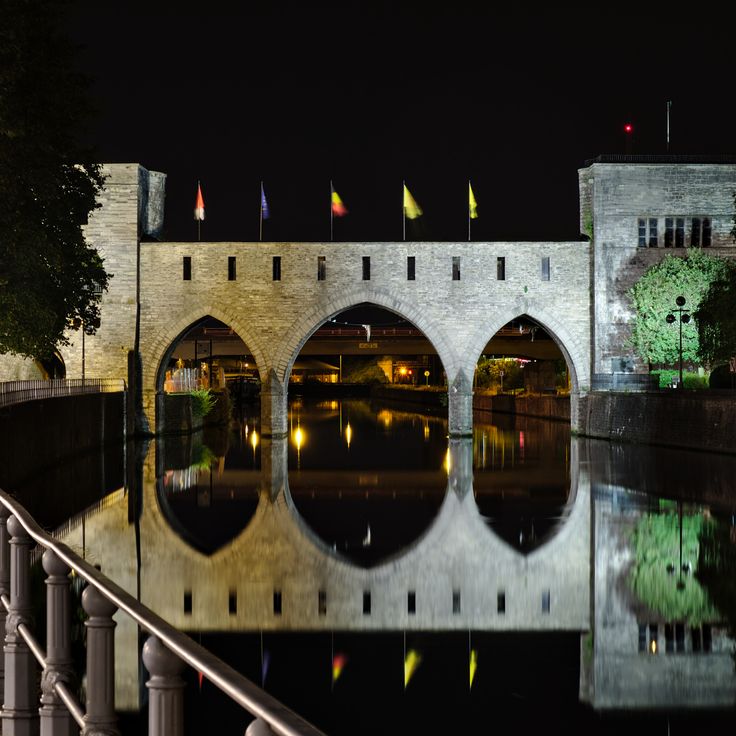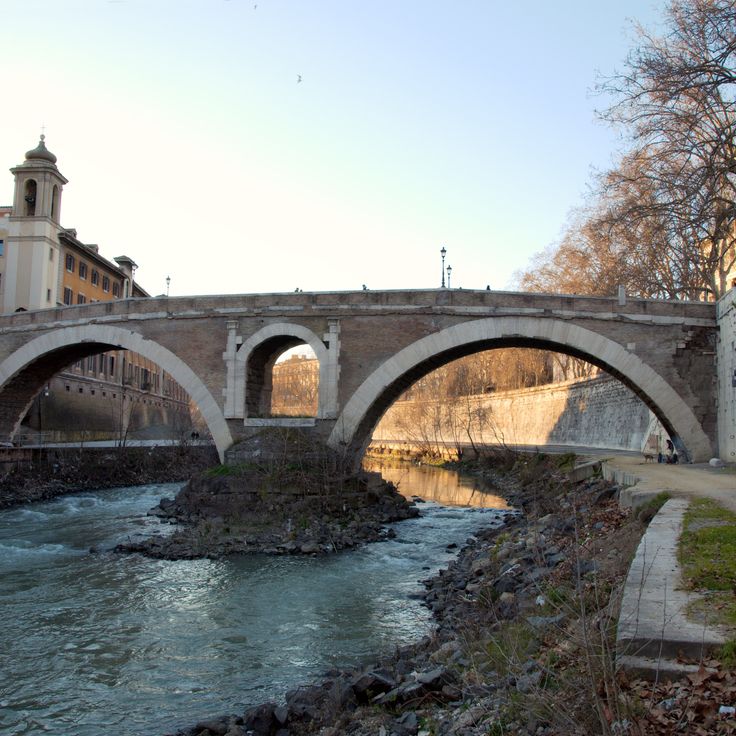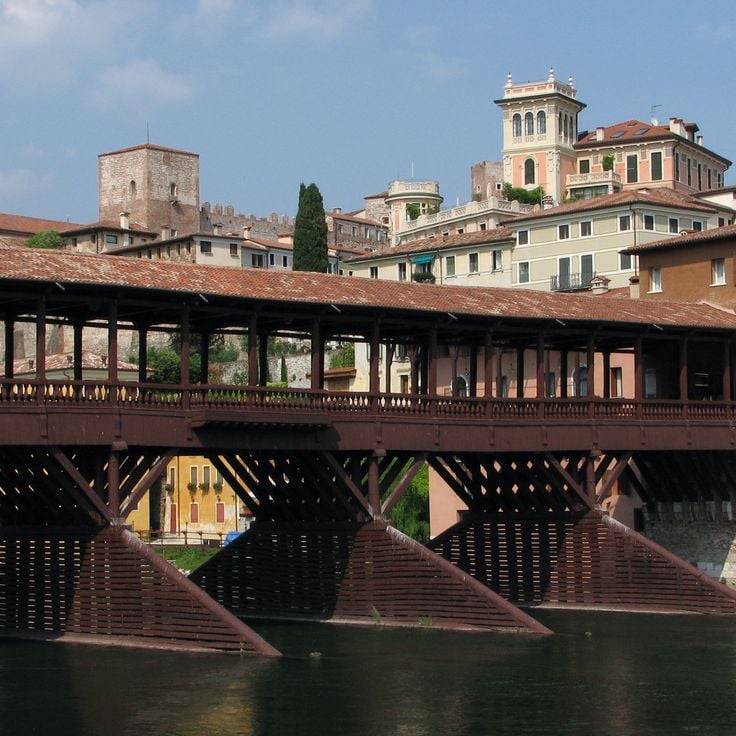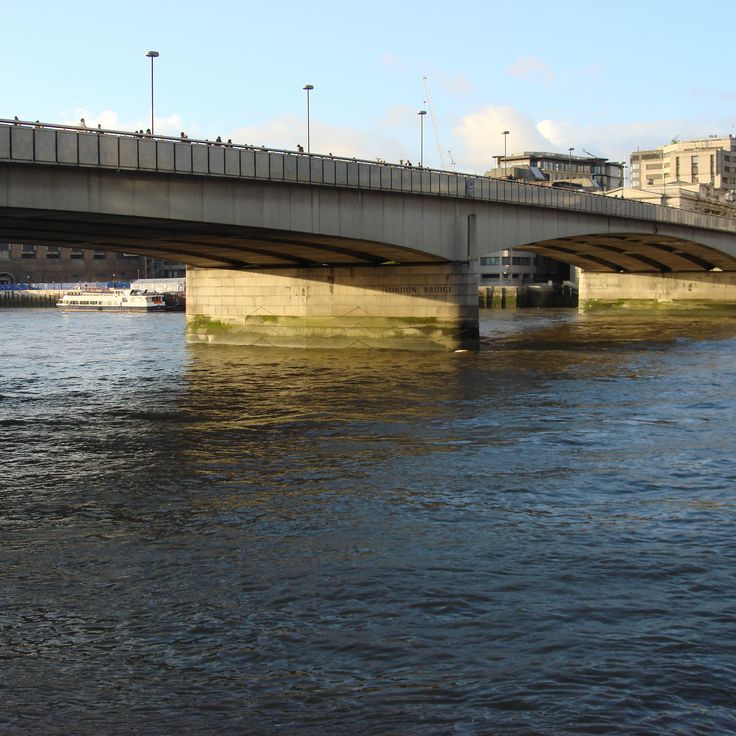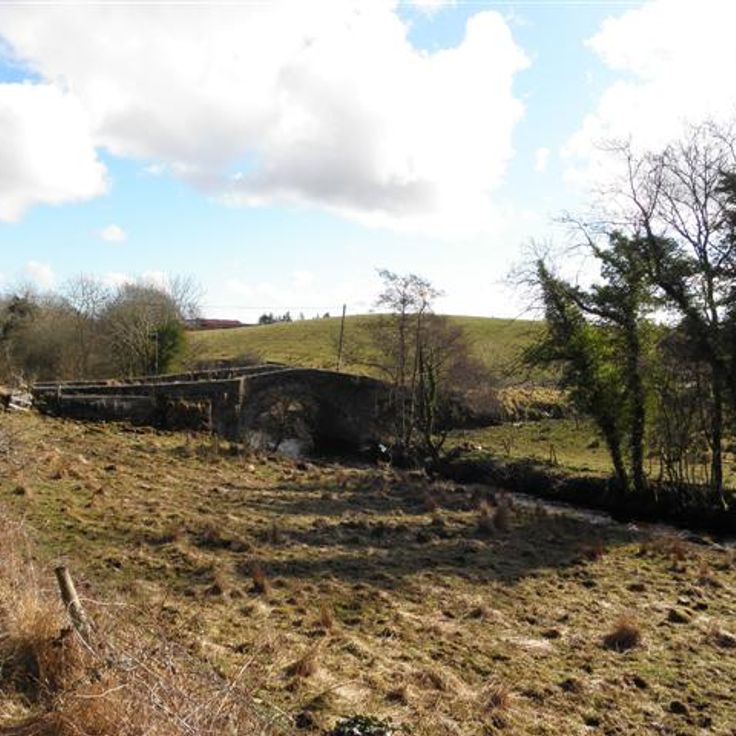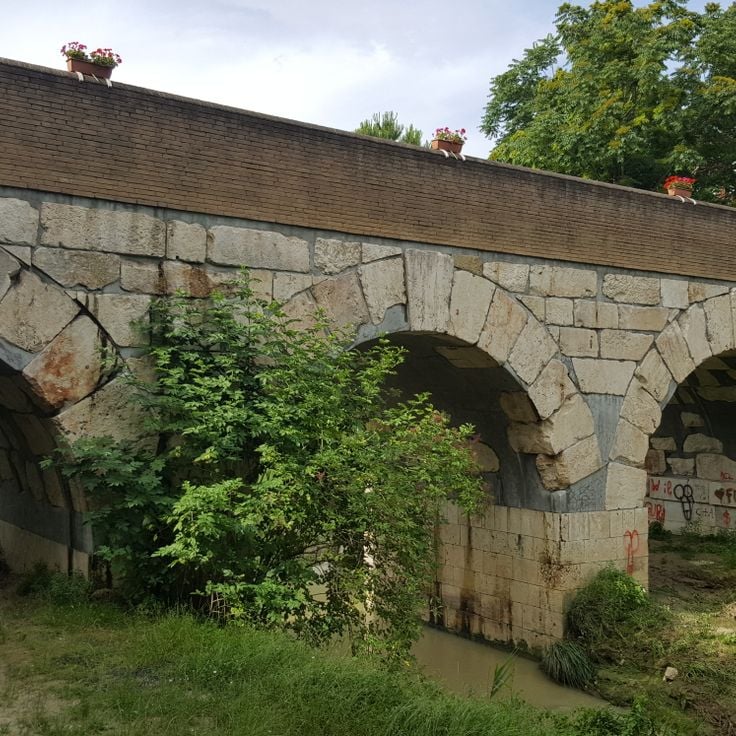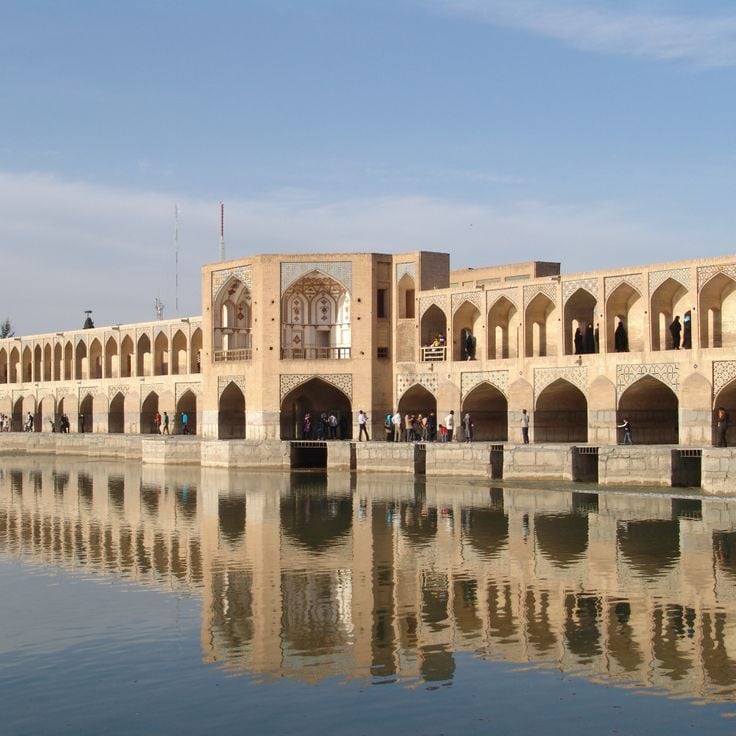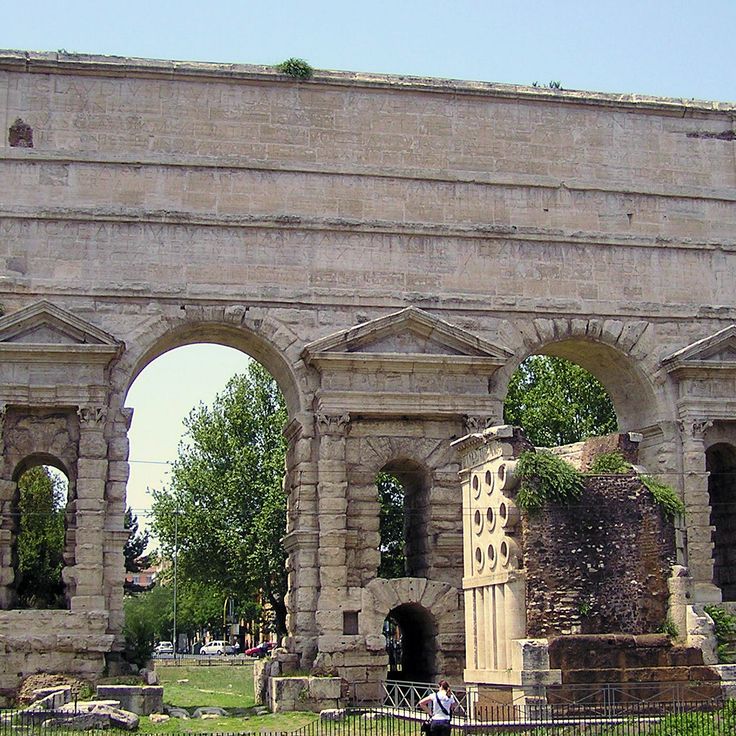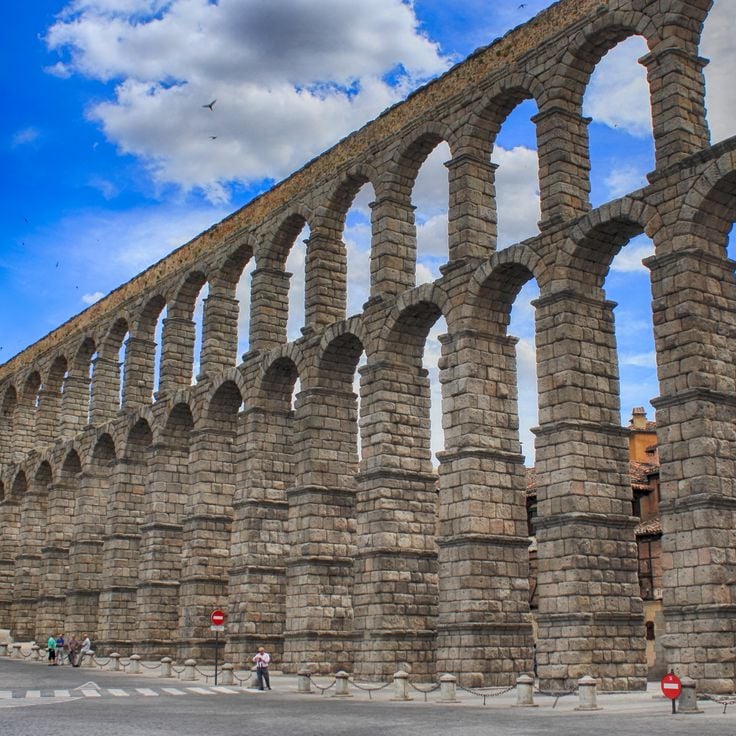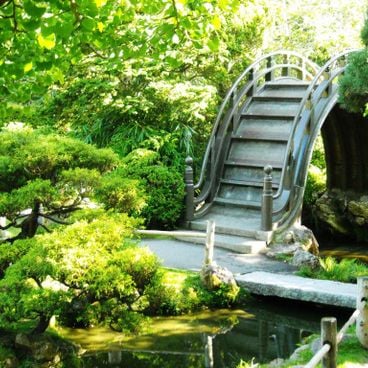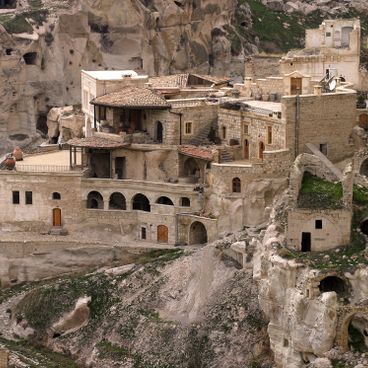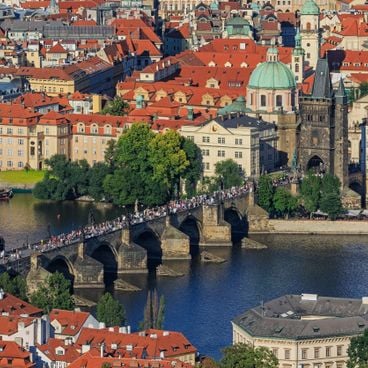Stone arch bridges rank among the most durable structures in history. From Roman aqueducts in Spain to medieval river crossings in Central Europe, these constructions demonstrate the evolution of engineering over two millennia. The Pont du Gard in France once transported 20,000 cubic meters of water daily over 50 kilometers, while the Segovia Aqueduct in Spain was built without mortar. In Asia, stone bridges like the Marco Polo Bridge in China have connected trade routes for centuries. The Khaju Bridge in Isfahan functions simultaneously as a dam and public gathering space. These structures served multiple purposes: transport, water supply, and social meeting points. Many of these bridges and aqueducts remain in use today. They document various construction techniques, from Roman concrete vaults to Persian brick arch structures. The constructions have survived wars, earthquakes, and floods, remaining functional elements of modern infrastructure.
The Pont du Gard was constructed in the first century AD as part of a fifty-kilometer aqueduct system supplying water to the Roman city of Nîmes. This three-tiered structure rises forty-nine meters above the Gardon River and consists of fifty-two arches built from yellow limestone blocks without mortar. The uppermost level contained a water channel that delivered approximately twenty thousand cubic meters of water daily. The bridge demonstrates Roman engineering techniques through its precise arch construction and gradient calculation.
The Rialto Bridge has spanned the Grand Canal since 1591, connecting the districts of San Marco and San Polo. Antonio da Ponte designed this stone bridge with a single arch measuring 28 meters in span. Two parallel rows of shops line the central walkway, providing space for merchants and craftsmen. The structure rests on 12,000 wooden piles driven into the lagoon floor. This crossing replaced earlier wooden bridges that had collapsed multiple times. The bridge serves as a major thoroughfare between the commercial quarters of the city.
The Krämerbrücke spans the Gera river and has supported residential buildings and shops since the 12th century. This stone arch bridge connects the old town with Benediktsplatz and currently houses 32 half-timbered structures from different periods. Craft workshops, art galleries, and retail stores occupy the narrow buildings along the 120-meter passage. The structure survived multiple fires and underwent several restorations, with the present form dating primarily from the 15th and 16th centuries.
The Pont des Trous is a medieval water gate from the 13th century that spans the Scheldt River. The structure consists of two cylindrical towers connected by three stone arches and was part of the former fortifications of Tournai. The towers served to control river traffic and defend the city. The monument has been restored several times over the centuries and stands as an important example of medieval military architecture in Flanders.
The Chengyang Bridge was built in 1912 and connects several Dong minority villages along the Linxi River. This traditional wooden structure spans 64 meters and features five pavilions with multi-tiered roofs, constructed entirely without nails. The bridge serves both as a river crossing and as a gathering place for the local community, demonstrating the craftsmanship of Dong architecture.
The Pons Fabricius has connected the Tiber Island to the Campus Martius on the western bank of the Tiber since 62 BCE. This Roman bridge consists of two stone arches spanning a total length of 62 meters and serves daily pedestrian traffic. The structure bears inscriptions of its builders and stands as the oldest continuously used bridge in Rome.
The Stari Most spans the Neretva with a single stone arch measuring 28.7 meters in width. This Ottoman structure was completed in 1566 by Mimar Hayruddin, a student of Sinan. The arch rises 20 meters above the river, connecting the two districts of Mostar. Following its destruction in 1993, reconstruction took place between 2001 and 2004 using traditional techniques and original materials from the Neretva. The two bridge towers, Halebija and Tara, along with the historic houses on both banks, complement the ensemble. Since 2005, the Old Town of Mostar with the Stari Most has been part of the UNESCO World Heritage list.
The Ponte Vecchio spans the Arno River with three segmental arches and was rebuilt in 1345 following a flood. The structure has supported shops along its length since its construction, now primarily housing jewelers and goldsmiths. The Vasari Corridor from 1565 runs as an enclosed passageway above the eastern side of the bridge, connecting Palazzo Vecchio to Palazzo Pitti. The construction features massive stone piers that resist river pressure, while upper levels contain timber structures supporting the shops.
Charles Bridge connects Prague's Old Town with the Lesser Town and spans 516 meters on 16 stone pillars. This bridge was constructed in the 14th century under King Charles IV and served for centuries as the primary crossing over the Vltava River. The structure is built from Bohemian sandstone and features 30 baroque statues along its balustrade, added between 1683 and 1928. The bridge spans the river with a width of approximately 10 meters and formed a central part of the coronation route of Bohemian kings.
London Bridge is a concrete structure built in 1973 that replaced its medieval predecessor. This road bridge connects the City of London on the north bank with the Southwark district on the south bank of the Thames. The historic site has been used for river crossings since Roman times. The current bridge carries six traffic lanes and enables thousands of commuters and vehicles to pass daily between the two banks of the river.
The Ponte Gobbo spans the Trebbia River with its eleven arches of varying sizes, originating from Roman times. This medieval bridge from the 7th century has undergone multiple reconstructions and extensions. The irregular arches follow the natural course of the river and the rock formations in the riverbed. The name refers to the humpback profile of the bridge, created by the different arch heights. The structure connects the historic center of Bobbio with the opposite bank and has served for centuries as an important crossing for pilgrims and travelers.
The Kintai Bridge spans the Nishiki River with five consecutive wooden arches that reach a total length of 193 meters. This 1673 construction uses traditional Japanese carpentry joints without a single nail and rests on stone piers that withstand flood conditions. Each arch rises at a different height, creating a wave-like silhouette above the water. The bridge connects the castle town with the samurai residential district and has served as an important crossing for over three centuries. Regular restorations preserve the original construction techniques and use timber from the region.
This stone arch structure from the second century spans the historic boundary river between the Roman Republic and Gallia Cisalpina. The construction marks the location where Julius Caesar crossed the Rubicon with his legions in 49 BCE, triggering civil war. The arch demonstrates Roman engineering with its vaulted construction and massive stone blocks fitted together without mortar.
Khaju Bridge was built in 1650 during the reign of Shah Abbas II across the Zayandeh River. The two-level structure of stone and brick spans 133 meters in length and features 23 arches. The bridge functions simultaneously as a dam to regulate water levels, as a crossing point, and as a social gathering place. Residents and visitors meet in the niches and pavilions of the lower level. The decorations include tilework and murals from the Safavid period.
The Proserpina Aqueduct was constructed in the second century AD to supply water to the Roman colony of Emerita Augusta. The structure features three tiers of granite arches rising to a height of 30 meters. The aqueduct transported water from the Proserpina reservoir to the city across several kilometers. The construction demonstrates the advanced hydraulic engineering skills of Roman builders and forms part of the archaeological ensemble of Mérida.
Porta Maggiore was constructed in 52 AD under Emperor Claudius and served as an architectural element to carry two major Roman aqueducts over two important consular roads. The Aqua Claudia and Anio Novus crossed the Via Praenestina and Via Labicana at this location. The structure consists of large travertine blocks and displays characteristic Roman construction techniques with rusticated masonry. The two archways of Porta Maggiore were originally part of the water supply infrastructure and were later incorporated into the Aurelian Walls.
The Piscina Mirabilis is a Roman cistern from the first century AD, built to supply water to the imperial fleet stationed at Misenum. This underground structure extends 70 meters in length and 25 meters in width, consisting of five aisles supported by 48 cruciform pillars. The cistern held approximately 12,600 cubic meters of drinking water, delivered through the Aqua Augusta aqueduct from Serino in Campania. The vaulted ceiling reaches nearly 15 meters in height, and the entire interior was lined with waterproof cement.
The Aqueduct of Segovia was built in the 1st century AD and supplied the city with water from the Frío River in the Sierra de Guadarrama for centuries. The construction extends over 15 kilometers and reaches its maximum height of 28 meters at Plaza del Azoguejo. Roman engineers built the 166 arches using granite blocks without mortar. The aqueduct remained operational until the 20th century, transporting approximately 20,000 liters of water daily into the city.
